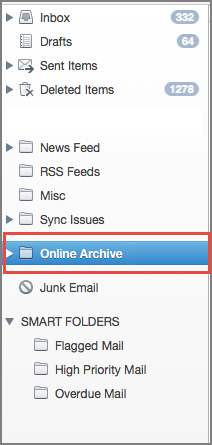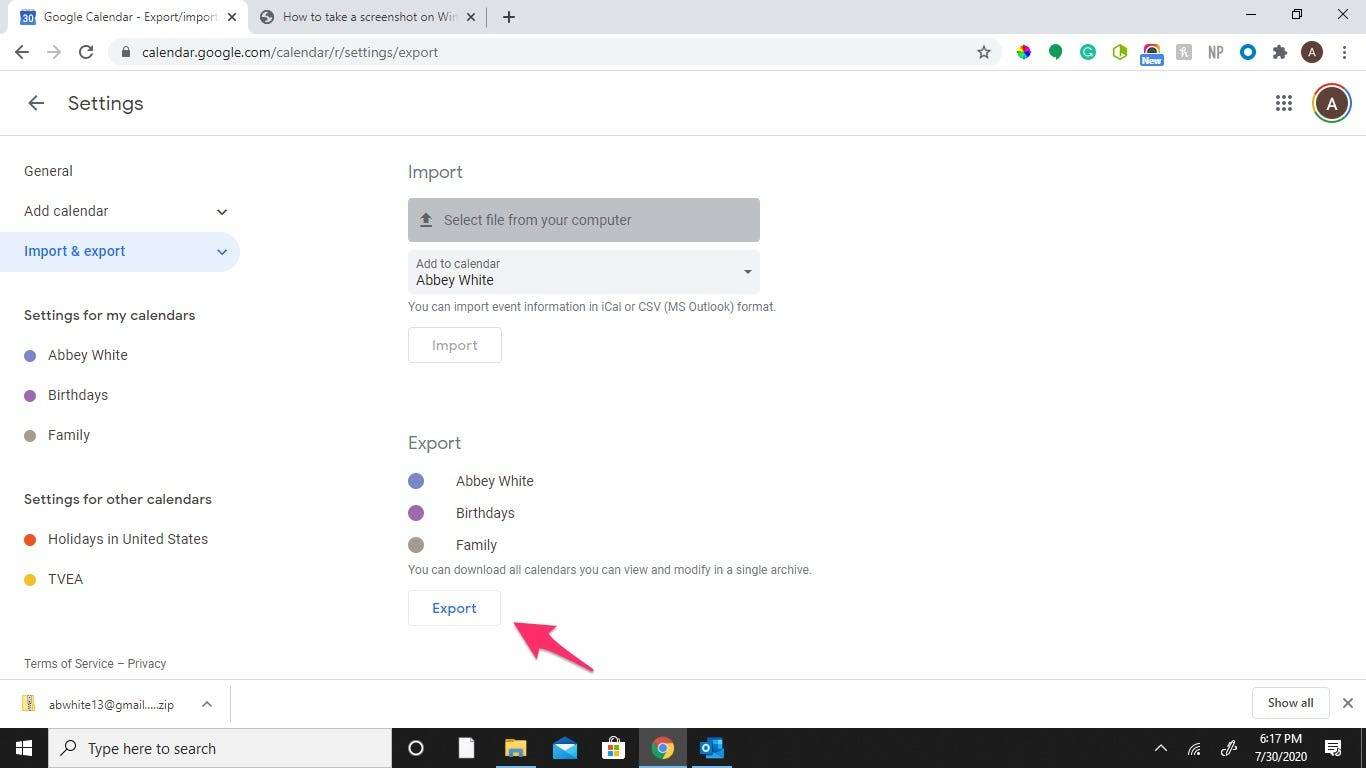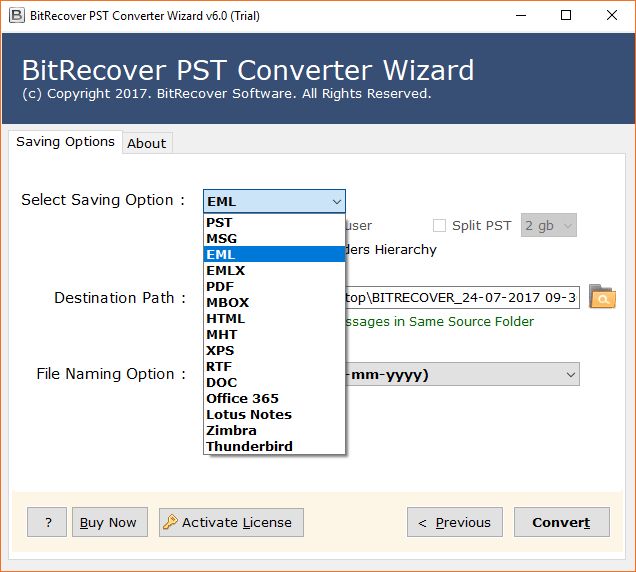
Before you can import Excel data into Outlook using Microsoft 365, you must save that data to comma-separated (delimited) format, or. In older versions of Outlook, you can import directly from an Excel workbook file, but that’s no longer the case in the most recent versions.

We’ll cover how to do this throughout the rest of this tutorial guide. Fortunately, it’s very easy to move data to Outlook. However, in all of these cases, users who want or need to access this data in Outlook will need to figure out a way to import it from Excel. With today’s latest sharing and collaborating features, as well as the growing emphasis on remote workforces, this last Excel data silo is less of a problem than it once was.

By saving the source data in the comma-delimited format and then mapping that data to Outlook fields, you can import most data into the appropriate Outlook item with little effort. In this tutorial, I’ll show you how to create Outlook appointments from a few Excel records. SEE: The Complete Microsoft Office Master Class Bundle (TechRepublic Academy)

For efficiency’s sake, I’d choose the latter! To make the data more useful, you could manually enter each record as a new appointment into Outlook, or you can import the Excel data directly into Outlook as appointments. But if you use Outlook to keep up with your obligations, a list in Excel isn’t all that helpful. It’s not unusual to receive an Excel sheet with a list of appointments or tasks.

For more info, visit our Terms of Use page. This may influence how and where their products appear on our site, but vendors cannot pay to influence the content of our reviews. We may be compensated by vendors who appear on this page through methods such as affiliate links or sponsored partnerships. Learn how to quickly import Excel data into Outlook appointments after converting the data into a comma-delimited file. Learn how to import Excel records into an Outlook Calendar


 0 kommentar(er)
0 kommentar(er)
